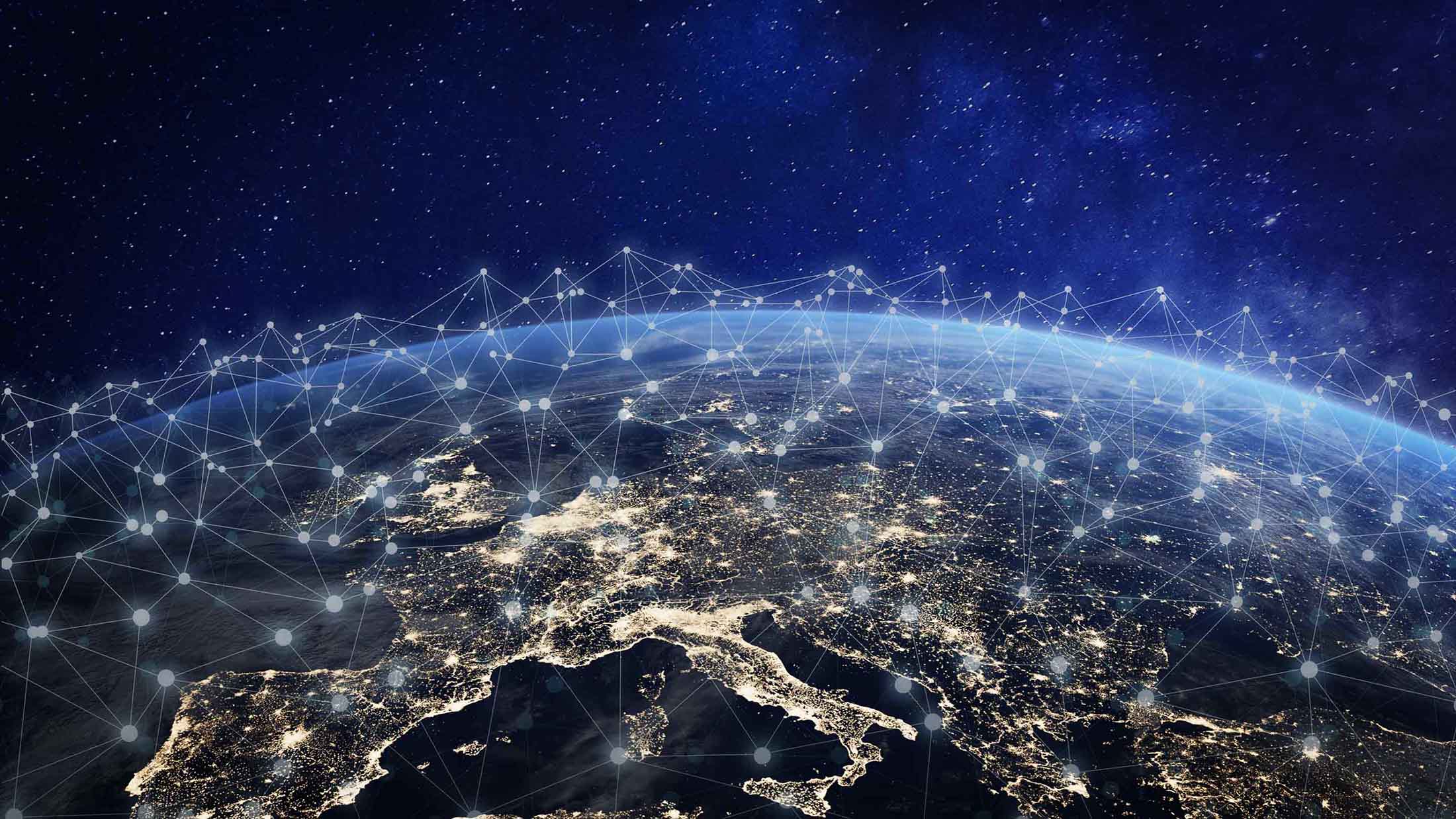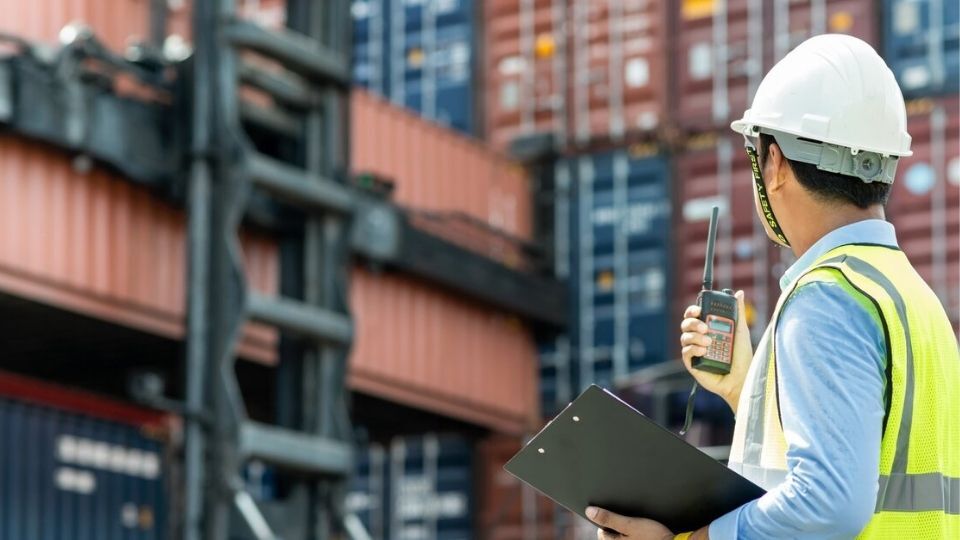What is machine to machine (M2M)?
Machine to machine, also known as M2M, refers to intelligent communication between two or more devices. Learn how M2M works and how it is used.
By Geotab
Mar 8, 2023

In its most basic definition, machine to machine refers to intelligent communication between two or more devices, that are typically geographically separated. According to Connected World Magazine, “M2M connects people, devices, networks, and everyday objects while communicating and interpreting data that can be acted upon in a timely manner.”
Although machine to machine, also known as simply M2M, has become a worldwide hot topic and buzzword, the technology itself isn’t new – it has been used since the second world war. Today, the popularity for the technology is growing at an explosive rate, with new hardware, software, and service innovations constantly being developed and improved upon. Our information-rich culture demands the use of smartphones and tablets to provide accurate feedback to management, in and out of the office environment
Suggested Reading: Is the World of M2M/IoT Ready for 4G LTE?
Overview: How M2M Works
In more technical terms, the module that sits on the device is hooked up to sensors that track items such as location, temperature, weight, and even inventory levels. The sensors serve to capture specific events, such as a defined weight limit, which then gets fed to a control unit. The control unit is what applies rules to specific events.
The transfer of data can occur through WiFi, RF, Satellite, or other wireless communication approaches. Once the data has been sent via a communication network, a back-end office system analyzes the data and transforms it into useful information that can be used by management to make business decisions.
From a network perspective, Berg Insight research into the Global Wireless M2M Market finds that the lifecycle of an M2M device can be very long, lasting over 10 years in some cases.
Vertical Use Applications of M2M
Each industry vertical has its own paybacks attached to using M2M technology, which ultimately helps businesses:
- Increase internal efficiencies
- Improve employee productivity
- Reduce costs
- Provide insight into new opportunities
- Improve product quality or response times
In the energy and utilities vertical, for example, management uses machine to machine technology to monitor oil and gas consumption and identify early issues that could lead to costly downtime. For asset management and tracking, machine to machine technology can be used for real-time visibility into vehicle location, helping managers better optimize routes and reduce the likelihood of experiencing vehicle maintenance issues.
Let us know how your organization uses and benefits from the use of machine to machine (M2M) technology by filling out the comment box below, or contact Geotab to learn more about what is machine to machine within the sphere of telematics.
Related Posts:
Making Machines Talk
Subscribe to get industry tips and insights
Geotab team
Table of Contents
Subscribe to get industry tips and insights
Related posts

The $4B Crisis: Video Intelligence as the Answer to Fleet Distraction
December 2, 2025
3 minute read

The True Cost of Cargo Theft: When Customer Trust is on the Line
November 24, 2025
2 minute read

Law enforcement technology: Four trends to know for 2026
November 7, 2025
6 minute read

Four seasons of fleet intelligence with Geotab's Public Works solution
November 7, 2025
2 minute read

Infographic: What are the ripple effects of school bus driver turnover?
November 6, 2025
1 minute read

Slash fleet costs: Key strategies for a stronger police budget
October 14, 2025
5 minute read